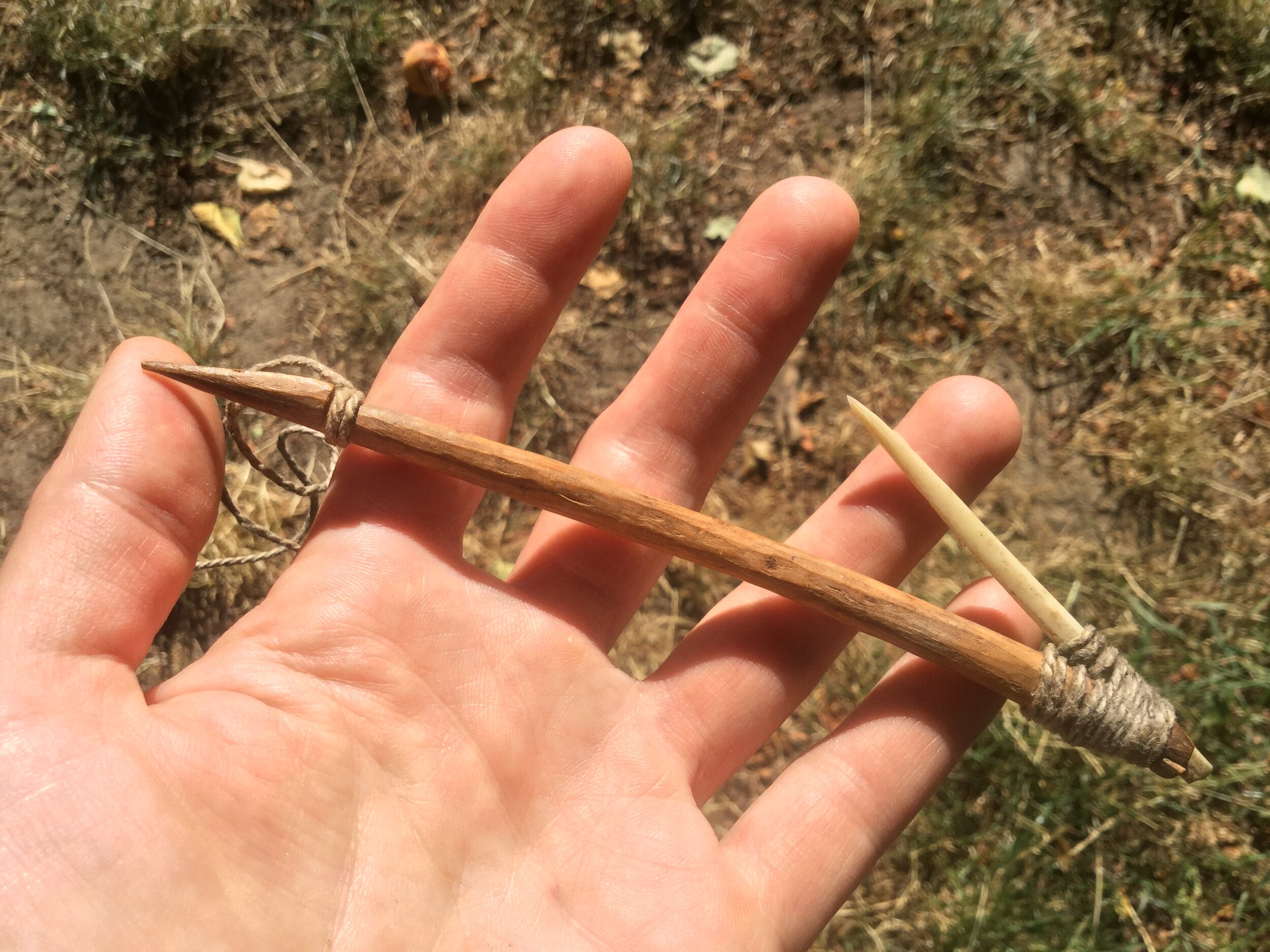As the salmon race up the Fraser and Thompson rivers and back to their natal streams, fishers take to the waters all over BC’s interior to secure their catch. They’re part of a tradition practiced here since time out of mind.
And as Indigenous people have learned over thousands of years, what you catch depends on where, and how, you catch it.
In the past as now, fishing gear was tailored to specific environments and objectives. The kinds of artifacts and features left behind in the archaeological record can help us reconstruct how people exploited particular places, and how their practices change over time.
For example, fishing weirs constructed of woven wooden fences or layered stones were built across shallow river beds where fish could be counted on to appear in great numbers.
The effort required to build and maintain these trapping systems suggests that large groups shared both the intense labour and the larger harvest of fish.
These weir and trap sites can still be identified by geometric alignments of stones and stakes visible as the river levels drop.
In other kinds of settings, different kinds of equipment was used.
In deep, swift moving water, a dipnet technique was (and still is) common. A dipnet consists of a long, strong pole fitted with a bag-shaped net on the end. In precontact times, the nets were made of plant fibers (split rose root and Indian hemp were common here), and fastened with sinew.
While a rare find due to decomposition of organic materials over time, archaeologists have found examples of these handles and netting where they’ve been preserved under water or mud. We also might find bone needles used to make and mend nets.
In calmer back eddies and pools, where fish move more slowly and are visible, a long wooden spear could be used to impale the prey. Special fishing spears called leisters are associated with this practice.
These are spearheads are fitted with twin barbed points set in a v-shape spreading from the end of the spear. A smaller bone or stone spear tip in the middle stabs the fish, while the barbed flanges hold it fast.
Because these are composite tools made of many small parts lashed together with organic fibres that decay, often archaeologists only find a few pieces and must work to reconstruct the technology, often looking to modern gear as examples.
On interior lakes through which the spawning fish pass, other methods were practiced. Near the shore, night fishing from canoes was effective. Here, small fires built on platforms lured the fish close to boats, where they were netted or speared.
In deeper waters, set nets were used much like today’s purse seiners, but on a smaller scale. Archaeological evidence for this type of fisheries includes carved or perforated stones used as net weights, and occasionally wooden net floats, or even fragments of the nets themselves.
On shore nearby all these fishing settings, archaeologists often find the corroborating evidence of artifacts and features related to fish processing: salmon bones, rocks distinctively cracked by the fires built for smoking fish or extracting their oils, small thin fish knives for filleting, or even open-work basketry used to transport the haul.
These varied fishing technologies developed here over millennia, as people observed the various ways that salmon move through different habitats at different times of year.
Many of these methods are the basis of today’s modern fishing gear, both recreational and commercial, showing us how ancient traditional knowledge lives on through the ages.



